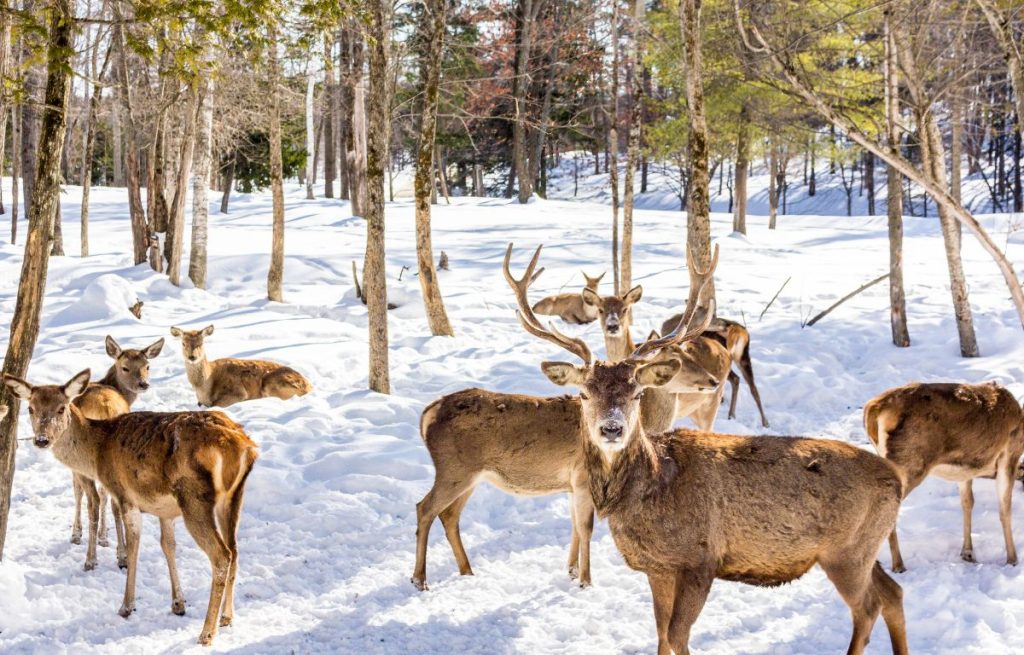What is a cull buck and why are people talking about it?
Culled means to selectively remove an animal from a larger group in order to manage the size of the herd. So what exactly is a “cull buck” and why is there so much talk about it.
In this article, we’ll discuss what is a cull buck and why are hunters arguing over it. Cull bucks can be a controversial topic, let’s find out why.
Table of Contents
What is a cull buck?
A cull buck is a male deer that has been selectively chosen to be removed from the herd or harvested due to its inferior antlers, genetics or old age. A cull deer to one person might not be a cull deer to another. It’s all relative to the person.
When using the “cull” terminology, it’s not only referring to deer. You can cull any type of animal or livestock. Farmers have culled their cows for decades.
When talking about hunting, many hunters have certain standards for the bucks they choose to harvest. They want large antlers, mature aged deer, and overall healthy bucks. Bucks that do not meet these standards may be considered “culls” and may be targeted for removal in order to manage the deer population and promote healthier deer herds.
The term “cull buck” can also be controversial as some hunters believe that all deer should be valued and not targeted for removal unless necessary for population management or conservation purposes.
Cull buck vs Management buck
A “management buck” is a term used to describe a buck that is selected for removal as part of a broader deer management plan. This plan is designed to achieve a specific goal such as balancing the sex ratio of the deer herd, improving the overall health of the herd, or managing the deer population to minimize crop or property damage.

The main difference between a “cull buck” and a “management buck” is that the cull buck is selected for removal based solely on its individual characteristics. The management buck is selected as part of a larger strategy to achieve a specific deer wildlife management goal.
How to grow healthy large antlered bucks?
In order to minimize culling bucks, you need to provide deer with an overall healthy living environment that satisfies all the habitat and nutritional needs of the deer.
Deer need a diverse habitat that provides food, shelter, cover and water 365 days a year. They like to live in areas that provide covered woods but also open fields for foraging.

A well balanced diet produce healthy bucks and keep them free ranging in your local area. Planting nutritious food plots that provide them with certain nutrients, protein, carbs and minerals is essential to growing healthy mature deer year after year.
If you do not have a salt lick out for your deer, here’s our tutorial on how to make your own salt lick for deer.
Conclusion
Harvesting inferior bucks make sense when you are trying to manage a large, healthy herd. As long as you are following local and federal laws, culling bucks is a healthy practice. Additionally, the harvested meat can still be eaten in most cases or donated to organizations in need.








